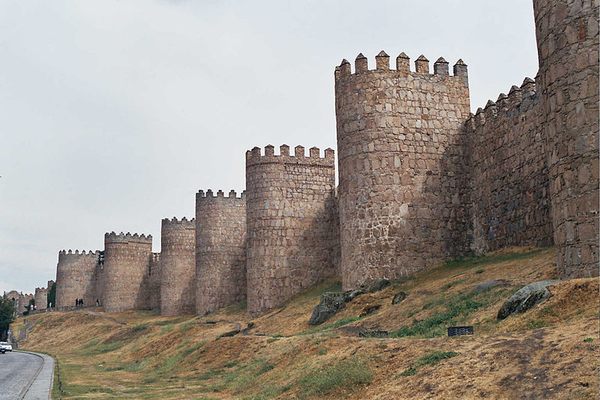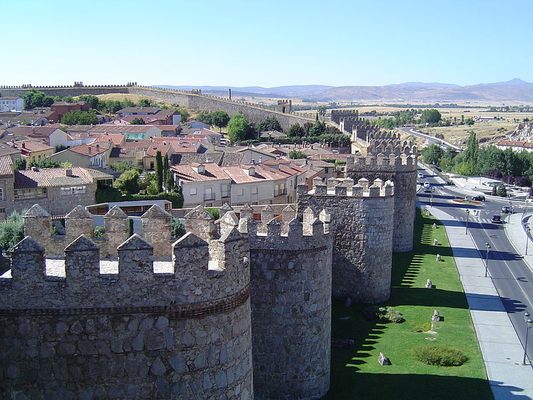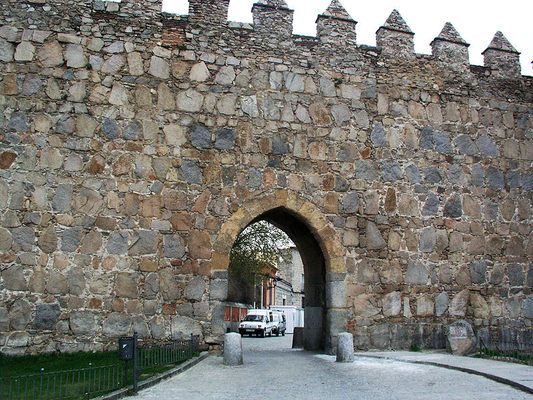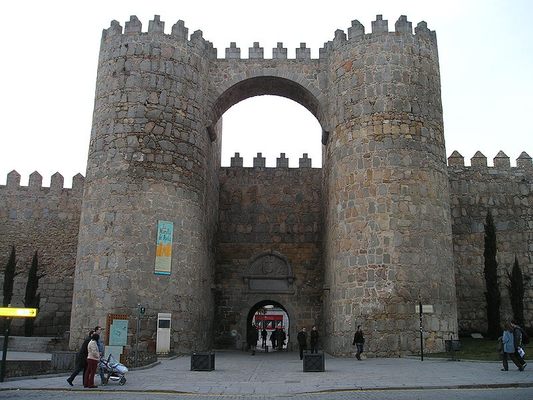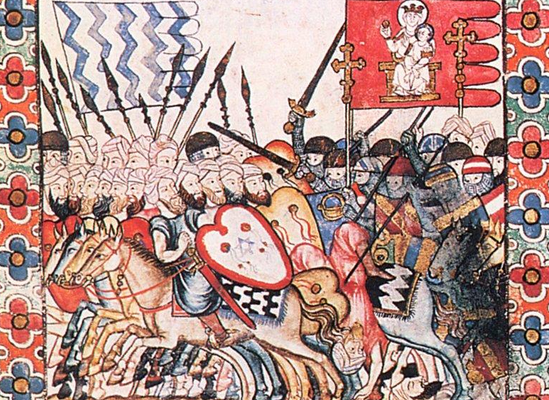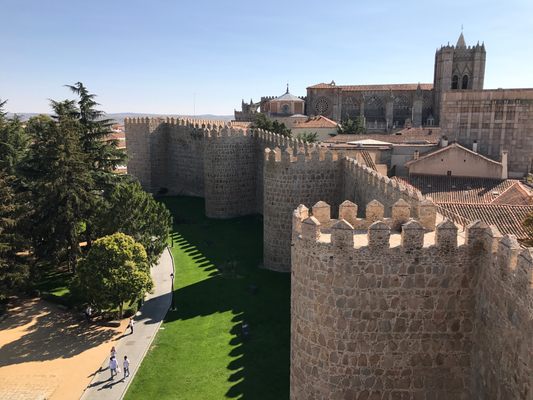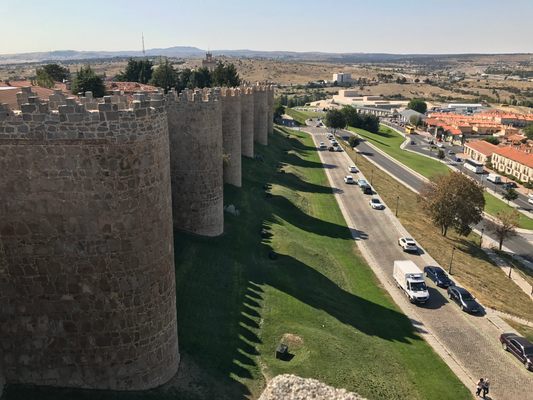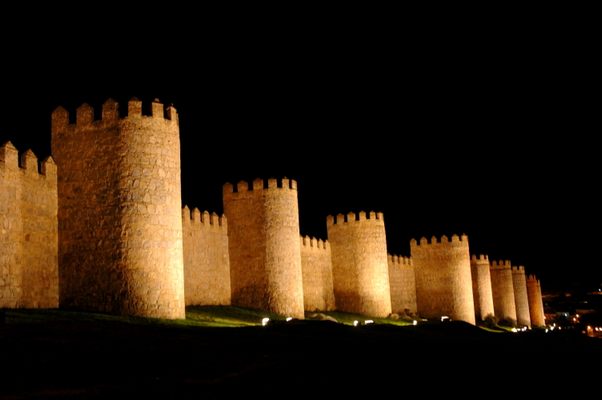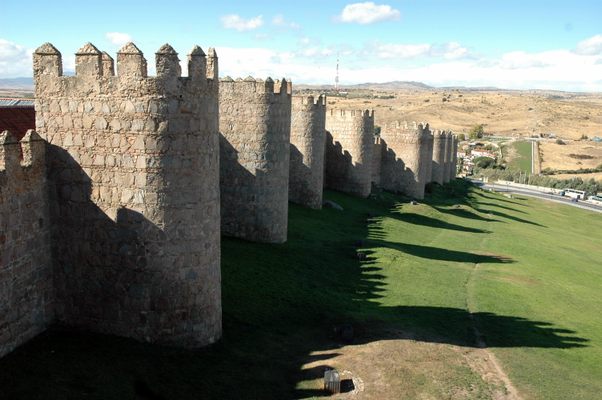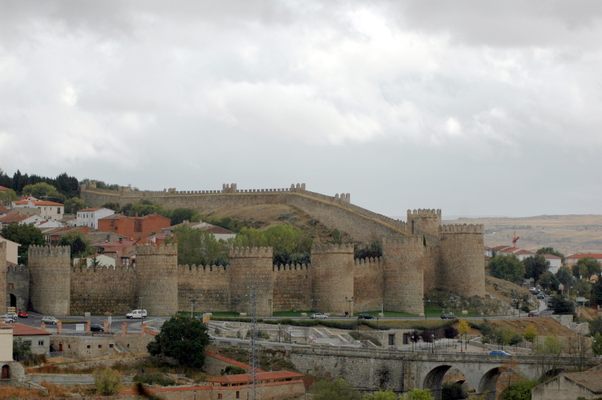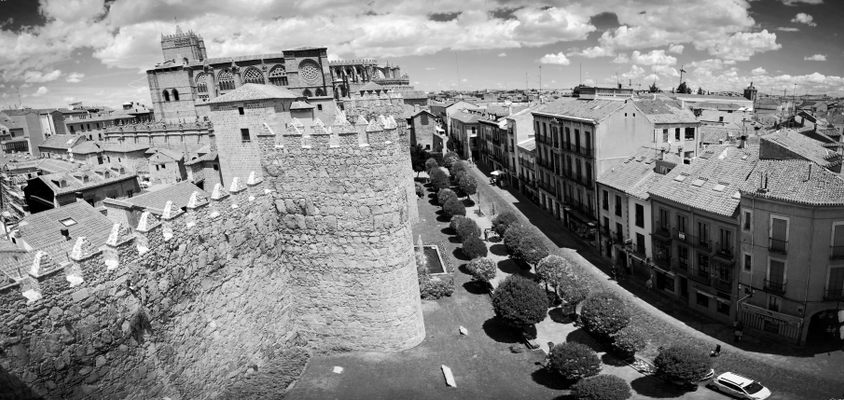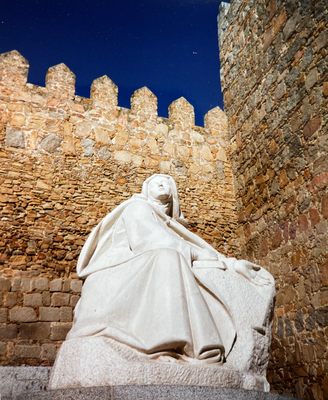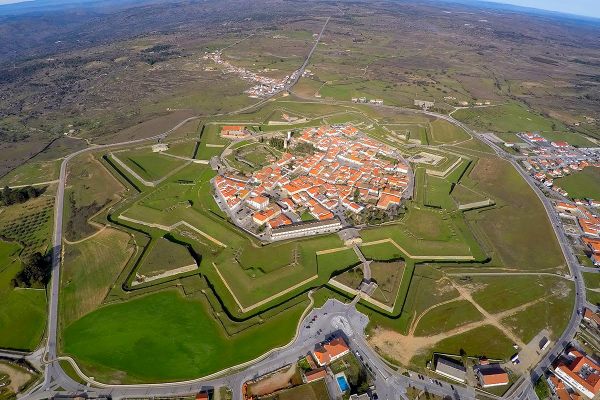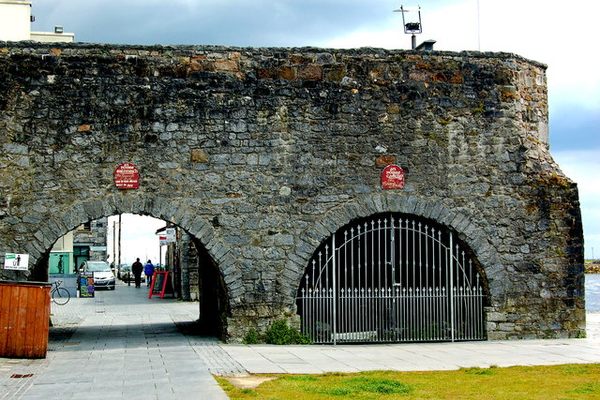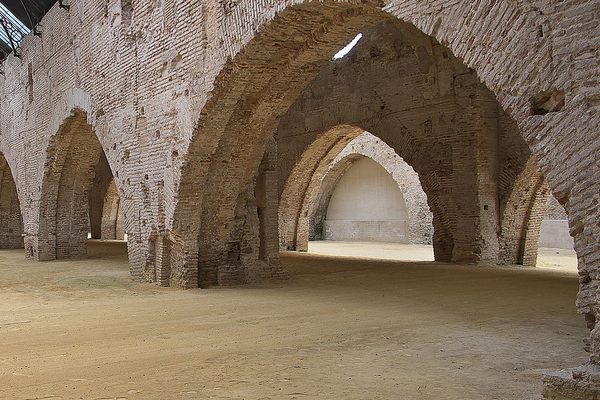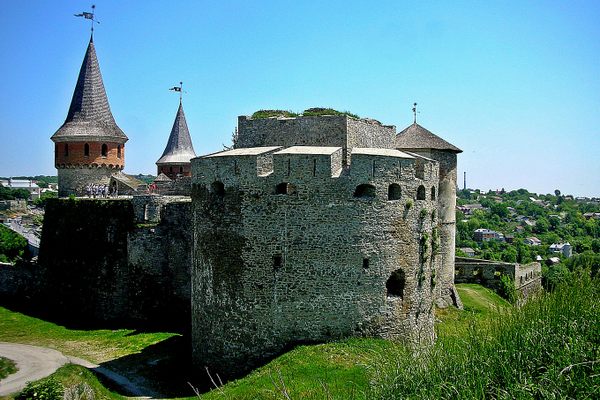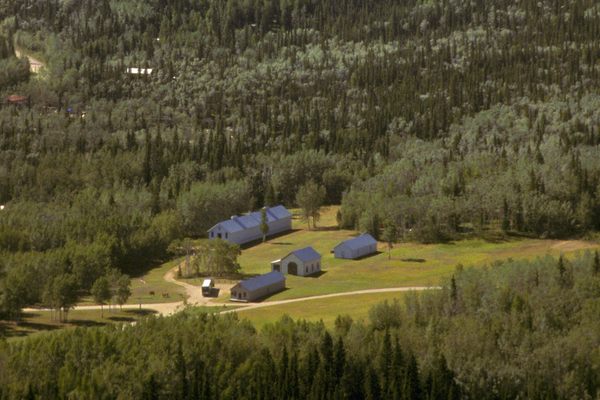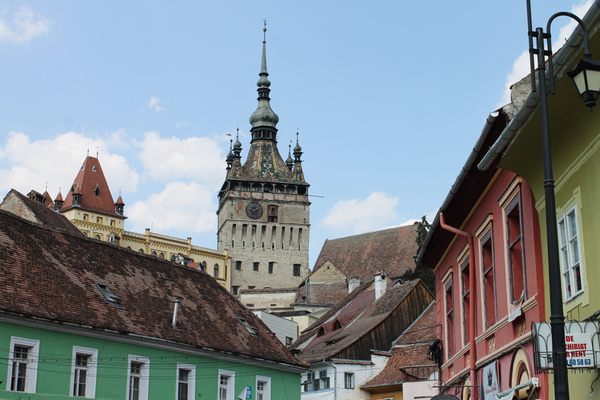About
The great fortified walls that surround the medieval city of Ávila date back to the end of the 11th century, built to defend the town's population against the threat of the Moorish armies. Stretching for 1.5 miles with over 80 towers and 9 gates, these stone walls have been incredibly well-preserved over the centuries, and are considered among the finest medieval walls in all Europe.
The 11th and 12th centuries were turbulent times in Spain, marked by an escalation in the war of attrition between the Almohad Islamic Caliphate of southern Spain and the northern Christian Kingdom of Asturias. Peace treaties were drawn and territories demarcated, but tensions between the two regional powers would inevitably heighten across the Iberian Peninsula and explode into violence.
For centuries the province of Ávila was something of a buffer zone and no man's land between the two regions, called the "Desierto del Duero" ("Desert of the Duero"), and whenever conflict sparked between the two powers the area would become a battlefield. But by the 11th century, the no man's land was becoming repopulated as the Christian kingdoms pushed farther south and began to resettle areas that had been long abandoned due to conflict. This burgeoning population faced a constant threat of attack and siege, and so giant fortifications were built up enclosing the city within.
Some 900 years later, these magnificent walls look much as they did during the Middle Ages, and they continue to define the city of Ávila.
Related Tags
Know Before You Go
You can walk on top of about half of the length of the walls, and climb some of the turrets to take in the view of the city. The climbing access points are at the cathedral, the El Puente gate, and El Alcazar gate.
Published
January 1, 2019
